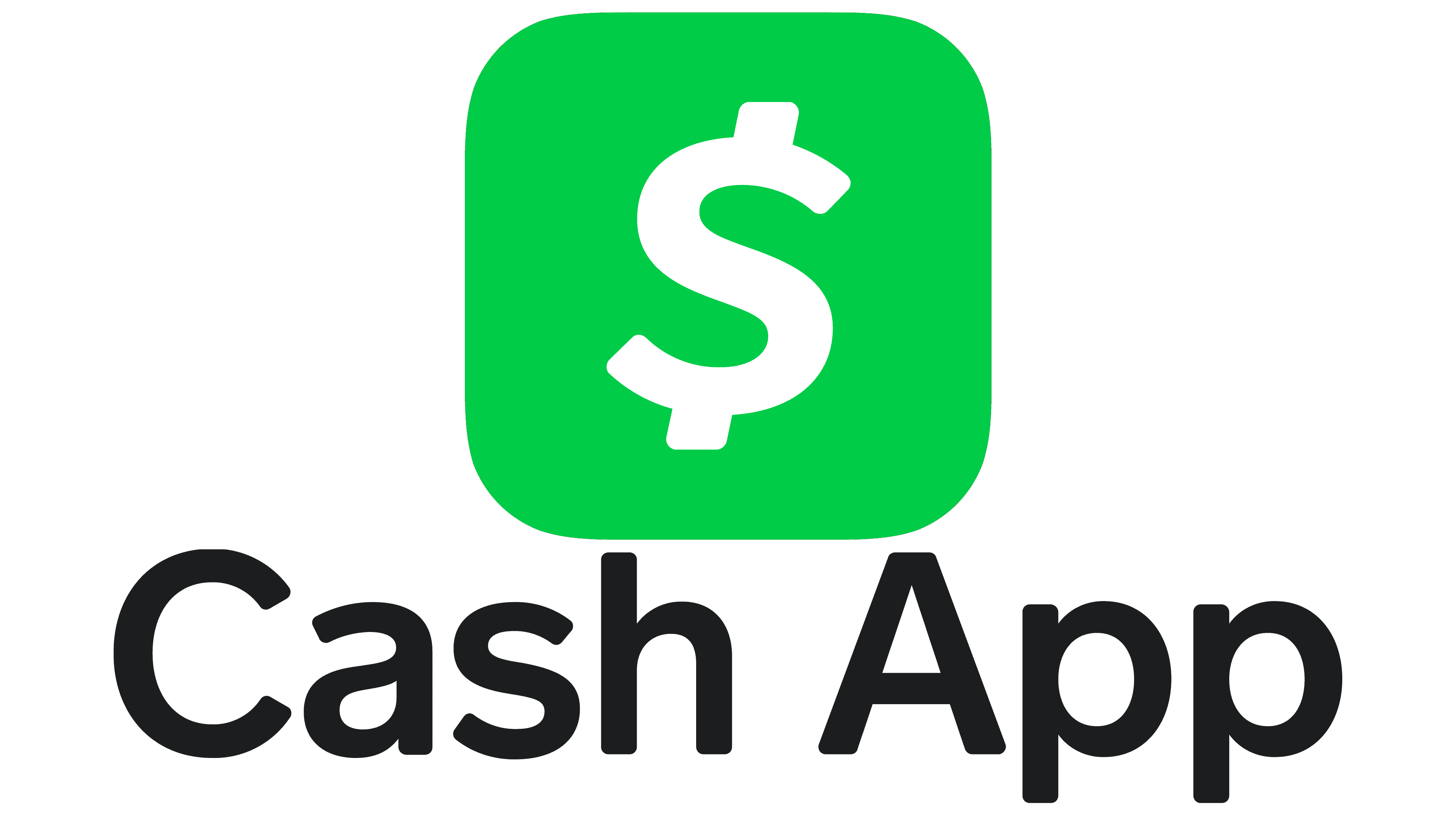Best Savings Accounts for 2025. Compare Offers With Our Free Tool
- Compare online savings accounts
- Get the best savings rates
- Open a savings account online
Find your bank account

Since 2014, Financer has helped 433,601 people make better financial decisions.
Reviewed by 6 people
Reviewed by 4 people
While we do our best to keep the data up to date, we can't guarantee the complete accuracy on a day-to-day
Choosing the right savings account can significantly boost your financial growth. With interest rates constantly fluctuating, it's crucial to stay informed about the best options available.
We've done the research to bring you the top-performing savings accounts of 2025, offering impressive Annual Percentage Yields (APYs) that can help your money work harder for you.
Based on our latest research, here are some of the top-performing savings accounts:
This guide will walk you through everything you need to know about savings accounts, from the basics to the best options available.
What is a Savings Account?
A savings account is a fundamental financial tool offered by banks and credit unions. It's designed to help you securely store and grow your money over time.
Unlike checking accounts, savings accounts typically offer interest on your deposits, allowing your money to work for you.
Types of Savings Accounts
Understanding the different types of savings accounts can help you choose the one that best fits your financial needs:
Traditional Savings Accounts: Offered by brick-and-mortar banks, these typically have lower interest rates but provide easy access to physical branches.
High-Yield Savings Accounts: Often offered by online banks, these accounts provide significantly higher interest rates than traditional savings accounts.
Money Market Accounts: These hybrid accounts offer features of both savings and checking accounts, often with higher interest rates and check-writing abilities.
Specialty Savings Accounts: These include accounts for specific purposes like student savings, holiday savings, or health savings accounts (HSAs).
How Savings Accounts Work in 2025
Savings accounts operate on a simple principle: you deposit money, and the bank pays you interest for keeping your funds with them.
However, there have been some changes in recent years that affect how these accounts function:
Key points to understand:
Interest Calculation: Banks use compound interest, meaning you earn interest on both your principal and previously earned interest. This can significantly boost your savings over time.
APY vs. Interest Rate: When comparing accounts, look at the Annual Percentage Yield (APY) rather than the interest rate. APY reflects the total interest you'll earn in a year, accounting for compounding.
Withdrawal Limitations: While federal regulations have relaxed, many banks still limit "convenient" transactions (like online transfers) to six per month. Exceeding these limits may result in fees or account conversion.
Which Savings Account is Best For Me?
When choosing a savings account, it's important to consider factors beyond just the interest rate:
Comparing The Top High Yield Savings Accounts
To help you make an informed decision, we've compiled a comparison table of some of the top savings accounts available in 2025.
This table highlights key features that can help you determine which account might be the best fit for your financial needs:
| Bank | APY | Minimum Deposit | Monthly Fee | ATM Access | Mobile App | Special Features |
|---|---|---|---|---|---|---|
| Poppy Bank | 5.50% | $1,000 | $0 | No | Yes | Highest APY on the list |
| BrioDirect | 5.30% | $5,000 | $0 | No | Yes | 24/7 online banking |
| LendingClub | 5.30% | $100 | $0 | Yes | Yes | ATM card available |
| UFB Direct | 5.25% | $0 | $0 | Yes | Yes | No minimum balance requirement |
| Evergreen Bank | 5.25% | $100 | $0 | No | Yes | Competitive rate with low minimum deposit |
| Varo | 5.00%* | $0 | $0 | Yes | Yes | Up to 5.00% APY on balances up to $5,000 |
| Ally Bank | 4.25% | $0 | $0 | Yes | Yes | 24/7 customer service, bucket feature for saving goals |
| Marcus by Goldman Sachs | 4.30% | $0 | $0 | No | Yes | No minimum balance, same-day transfers up to $100,000 |
Benefits and Risks of Savings Accounts
Benefits of Savings Accounts
Security: FDIC or NCUA insured up to $250,000
Liquidity: Easy access to funds when needed
Earnings: Interest accrual over time
Low-fee options: Many accounts have minimal or no fees
Goal-setting: Ideal for specific savings objectives
Potential Drawbacks
Lower returns compared to some investment options
Potential withdrawal limitations
Some accounts may have minimum balance requirements or fees
Interest rates may not always keep pace with inflation
Tax Implications of Savings Accounts
While savings accounts are a great way to grow your money, it's important to understand their tax implications. The interest you earn on your savings is considered taxable income by the IRS.
If you earn $10 or more in interest from a single financial institution, you'll receive a Form 1099-INT detailing your interest earnings for the year. However, even if you don't receive this form, you're still obligated to report all interest earned on your tax return.
The tax rate on your savings account interest will depend on your overall income and tax bracket.
For most people, this means the interest will be taxed at their marginal tax rate, which could range from 10% to 37% for federal taxes. State taxes may also apply, depending on where you live.
How to Open a Savings Account
Opening a savings account is typically a straightforward process, especially with online banks. Here's what you'll need:
Follow these steps to open your new savings account:
Gather Required Information
You'll need your Social Security number, government-issued ID, and address.
Choose a Bank or Credit Union
Compare options based on interest rates, fees, and features.
Apply Online or In-Person
Most banks offer online applications, but you can visit a branch if you prefer.
Fund Your Account
Set up an initial deposit, often through bank transfer, check, or cash (for in-person applications).
Set Up Online Access
Create your online banking credentials to manage your account easily.
Maximizing Your Savings Account
To get the most out of your savings account:
Shop Around: Don't settle for low rates. Compare options regularly, as rates can change.
Use Automatic Transfers: Set up recurring transfers from your checking account to build savings effortlessly.
Maintain Minimum Balances: If your account has balance requirements, meet them to avoid fees and qualify for the best rates.
Watch for Promotional Rates: Some banks offer temporary high rates for new customers.
Consider Multiple Accounts: Use different accounts for various savings goals.
Savings Accounts vs. Other Savings Vehicles
While savings accounts are a popular choice for storing cash, it's important to understand how they compare to other savings and investment options.
Each vehicle has its own set of advantages and drawbacks, and the best choice depends on your financial goals, risk tolerance, and liquidity needs.
| Vehicle | Liquidity | Potential Returns | Risk |
|---|---|---|---|
| Savings Accounts | High | Low | Very Low |
| CDs | Low | Low-Medium | Low |
| Money Market Accounts | Medium-High | Low-Medium | Low |
| Bonds | Low-Medium | Medium | Low-Medium |
| Stocks | High | High | High |
Savings accounts offer high liquidity and very low risk, making them ideal for emergency funds and short-term savings goals. However, they typically offer lower returns compared to other options.
Certificates of Deposit (CDs) often provide slightly higher interest rates than savings accounts, but they require you to lock your money away for a set period.
Money Market Accounts can offer higher rates and check-writing privileges, but may have higher minimum balance requirements.
For longer-term goals, bonds and stocks might be more appropriate. Bonds generally offer higher returns than savings accounts with moderate risk, while stocks have the potential for the highest returns but also come with the highest risk.
Common Questions About Savings Accounts
Are online savings accounts safe?
Yes, as long as they're FDIC-insured (for banks) or NCUA-insured (for credit unions), they're just as safe as traditional bank accounts.
How often do savings account interest rates change?
Rates can change at any time, often in response to changes in the Federal Reserve's benchmark rate. It's a good idea to review your account's rate periodically.
Can I lose money in a savings account?
As long as your account is with an FDIC or NCUA insured institution and your balance is within insurance limits, your principal is protected. However, if the interest rate doesn't keep up with inflation, your money's purchasing power could decrease over time.
What's the difference between a savings account and a money market account?
Both are savings vehicles, but money market accounts often offer higher interest rates and may include check-writing privileges. However, they may also have higher minimum balance requirements.
How many savings accounts should I have?
There's no one-size-fits-all answer. Some people prefer a single account for simplicity, while others use multiple accounts for different savings goals. Consider your personal financial strategy and what works best for you.
Remember, the best savings account for you depends on your individual financial situation and goals.
Take the time to compare options and choose an account that aligns with your needs.



